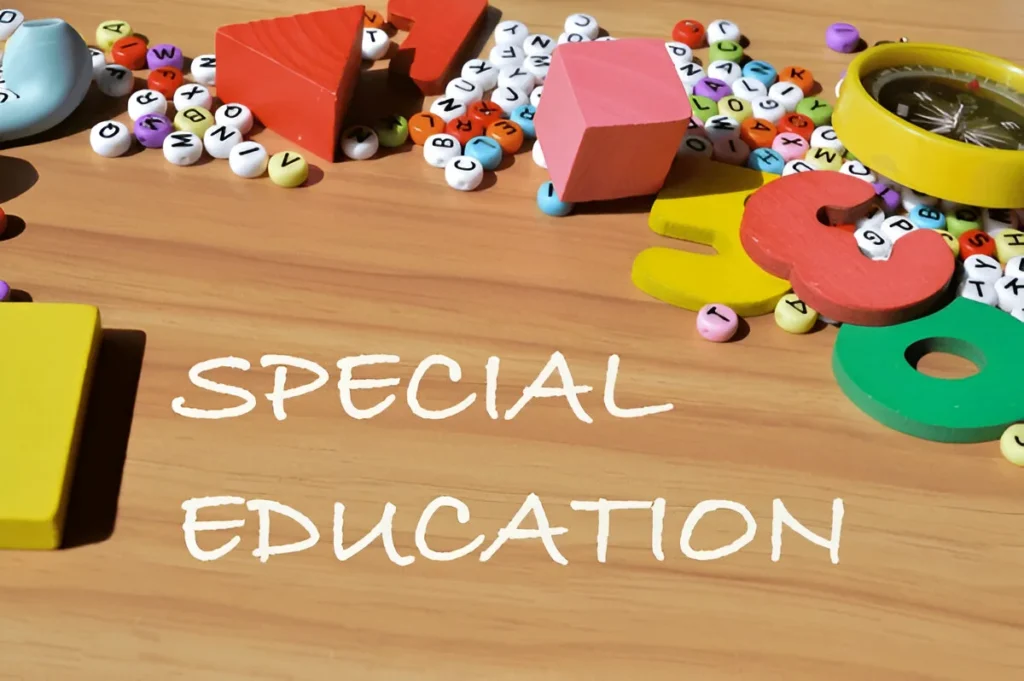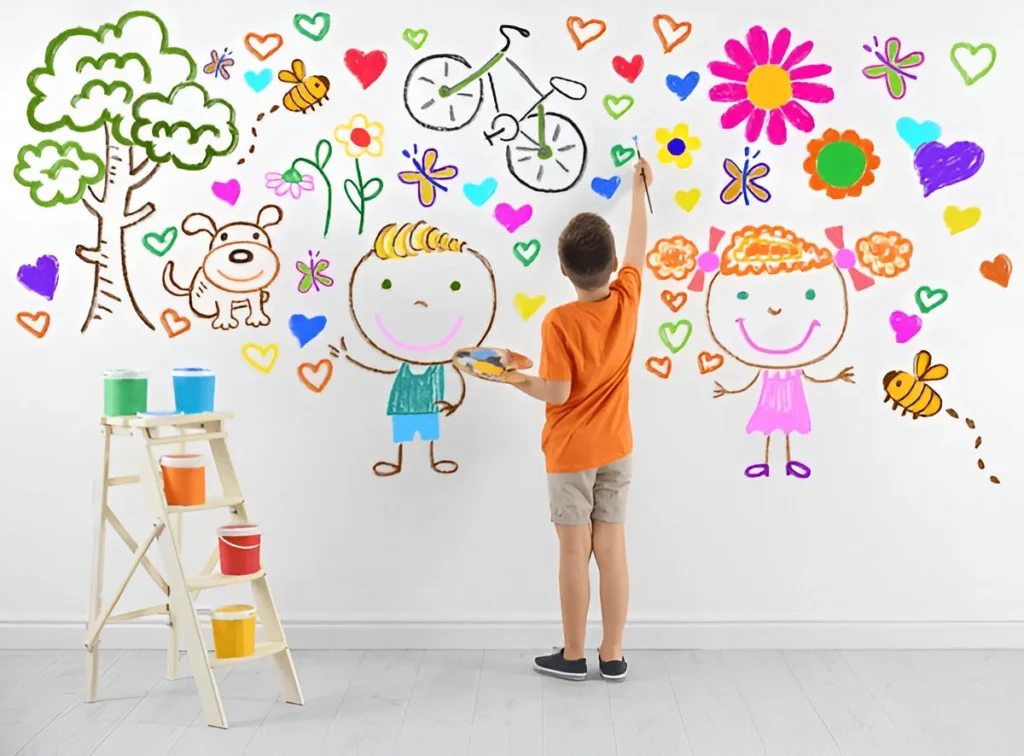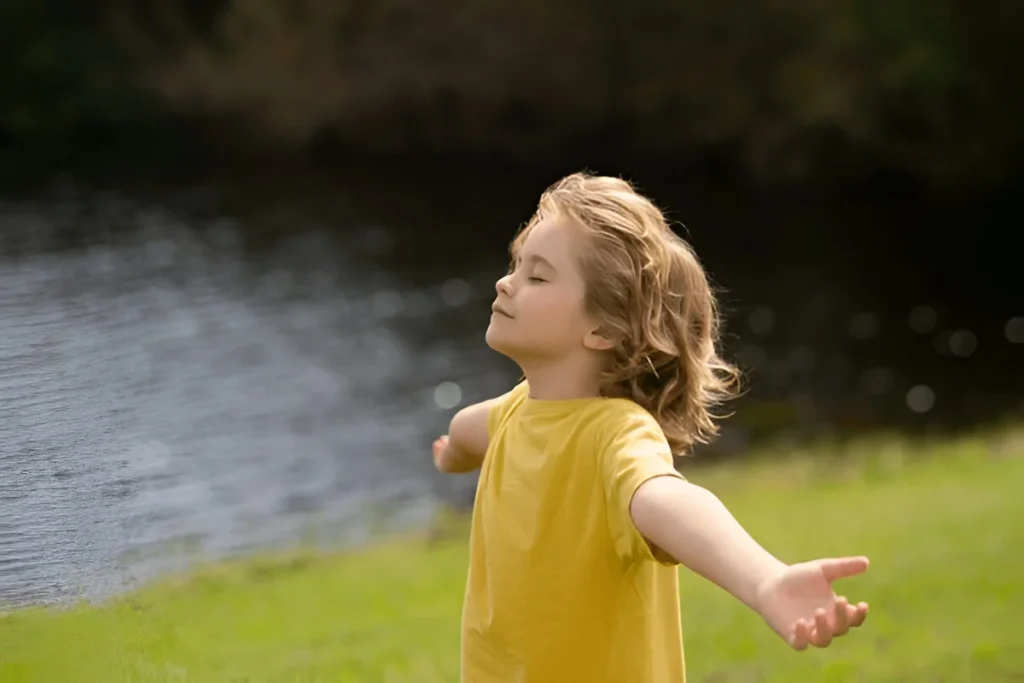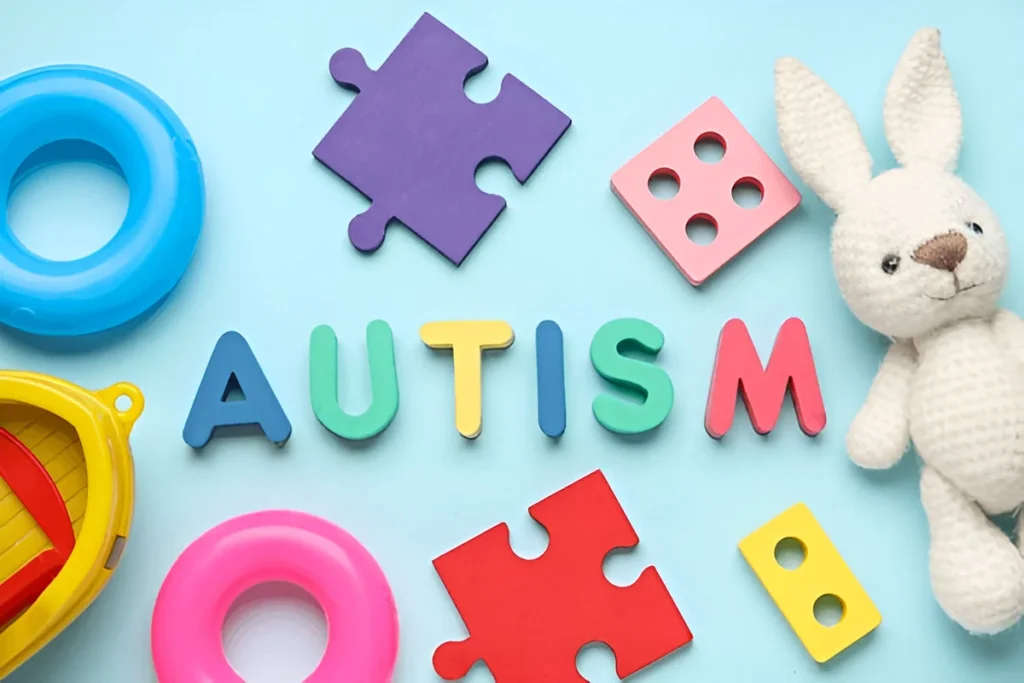When children exhibit behavioral challenges, finding creative ways to guide them becomes essential. Behavioral aid activities for children are specifically designed to address emotional, social, and developmental needs. They not only help manage difficult behaviors but also foster lifelong skills like teamwork, patience, and empathy.
This comprehensive guide dives into practical, engaging, and proven behavioral aid activities, offering parents, teachers, and caregivers the tools to make a difference. Ready to explore? Let’s dive in!
What Are Behavioral Aid Activities for Children?
Behavioral aid activities for children are structured exercises, games, or routines aimed at improving kids’ emotional and social well-being. They are crafted to enhance self-control, build relationships, and boost problem-solving skills in a fun, non-threatening environment.

Why are they effective?
These activities offer children opportunities to practice managing their emotions, learning patience, and understanding consequences. From storytelling to mindfulness, these approaches are versatile enough to fit various age groups and personalities.
Key takeaway:
By making behavioral development fun, these activities ensure that children not only learn but thrive.
The Importance of Behavioral Aid Activities in Early Childhood
Why should you focus on behavioral aid activities during early childhood? The answer is simple: early intervention matters. The habits and behaviors developed in the first few years often set the stage for a child’s future.
Benefits of early engagement:
- Emotional Intelligence: Encourages understanding and managing emotions effectively.
- Social Connection: Improves interaction with peers and adults.
- Academic Success: Positive behavior contributes to better learning environments.

According to studies, children who participate in structured behavioral activities are more likely to excel academically and socially than their peers.
How Do Behavioral Aid Activities Improve Social Skills?
Behavioral aid activities enhance children’s ability to interact positively with others. Social skills, like sharing, listening, and empathy, can be taught through engaging, hands-on experiences.
For example, team-building games encourage cooperation, while storytelling fosters empathy by allowing children to step into someone else’s shoes.
Pro tip:
Combine fun with purpose. Games like “Simon Says” or “Charades” subtly teach kids to follow instructions and consider others’ perspectives.
Interactive Games as Behavioral Aid Activities for Children

Games are a fun and effective way to teach children about boundaries, collaboration, and self-control. Let’s explore some popular ones:
Role-Playing Games
Role-playing teaches kids to step into different perspectives. Whether they’re pretending to be a teacher, a doctor, or a superhero, this activity builds empathy and understanding.
- Benefits: Boosts communication, confidence, and problem-solving skills.
- Example: “Play Store” – where one child acts as the cashier while others play customers.
Problem-Solving Games
These games challenge kids to think critically and work together to find solutions.
- Benefits: Develops logical thinking and teamwork.
- Example: Escape room puzzles designed for kids.
Creative Arts and Crafts as Behavioral Tools
Art isn’t just for creativity; it’s a powerful behavioral tool. Here’s why:
Drawing for Emotional Expression
Drawing allows kids to express emotions they might not articulate verbally.
- Activity: Ask children to draw a “happy day” or “stormy feelings.”
- Benefit: Helps caregivers identify underlying emotions and provide support.

Clay Modeling to Develop Patience
Working with clay teaches patience and persistence as children shape their ideas into tangible creations.
- Activity: Encourage kids to create animals or favorite characters.
- Benefit: Improves focus and resilience.
Outdoor Activities to Enhance Positive Behavior
Nothing beats the great outdoors when it comes to promoting teamwork and reducing stress.
Team-Based Sports
Sports like soccer or relay races foster collaboration and discipline.
- Activity: Organize a weekend family sports day.
- Benefit: Teaches respect for rules and teammates.
Nature Walks and Exploration
Exploring nature encourages curiosity and mindfulness.
- Activity: Create a scavenger hunt for natural items.
- Benefit: Boosts focus and calms anxious minds.
Mindfulness Exercises for Emotional Regulation
Mindfulness activities help children learn to stay calm and focused, even in challenging situations.
Deep Breathing Techniques
Teach kids simple breathing exercises, like inhaling for four counts and exhaling for six.
- Benefit: Reduces stress and encourages self-regulation.

Guided Meditation for Kids
Short, kid-friendly meditations can work wonders for emotional balance.
- Activity: Use apps like Calm Kids or Headspace for guided sessions.
Using Storytelling for Behavioral Growth
Storytelling is a time-tested way to teach values and behavior.
Storybooks with Moral Lessons
Choose books that address themes like kindness, honesty, and perseverance.
- Example: “The Giving Tree” by Shel Silverstein.
Encouraging Children to Create Their Own Stories
Letting kids craft their own narratives promotes creativity and self-reflection.
- Activity: Provide prompts, like “Imagine you’re a hero solving a big problem.”
Implementing Behavioral Aid Activities in Daily Routines
Consistency is key. Integrate these activities seamlessly into daily schedules.
- Morning: Start the day with deep breathing or a short walk.
- Afternoon: Dedicate time to arts and crafts or problem-solving games.
- Evening: End with storytelling or mindfulness exercises.
The Role of Teachers in Promoting Behavioral Aid Activities
Teachers play a crucial role in guiding children’s behavior.
Tips for Educators:
- Use group activities to foster teamwork.
- Incorporate mindfulness breaks during classes.
- Encourage open discussions about emotions.
Behavioral Aid Activities for Children with Special Needs
For children with special needs, behavioral aid activities must be tailored to suit their unique requirements.

- Example: Sensory bins for children with autism can be both calming and engaging.
- Tools: Use visual schedules and step-by-step guides.
Behavioral Aid Activities and Parental Involvement
Parental involvement amplifies the benefits of these activities.
Tips for Parents:
- Participate in activities to bond with your child.
- Celebrate small milestones to boost their confidence.
FAQs
- What are some behavioral aid activities for toddlers?
- Simple activities like peek-a-boo, storytelling, and sensory play can work wonders for toddlers’ emotional and social development.
- Can behavioral aid activities improve self-control?
- Yes, activities like mindfulness exercises and team games teach children to manage impulses effectively.
- Are these activities suitable for teenagers?
- Absolutely! Many activities, like role-playing and problem-solving games, can be adapted for teens.
- How often should we do these activities?
- Consistency is key. Aim for at least 15-30 minutes daily for noticeable improvements.
- Are there online resources for behavioral aid activities?
- Yes, websites like PBS Kids and Scholastic offer excellent resources.
- Can music help with behavioral challenges?
- Definitely! Music and rhythm activities reduce stress and encourage self-expression.
Conclusion
Behavioral aid activities for children are not just about managing challenging behaviors; they’re about fostering growth, empathy, and resilience. By integrating these fun, engaging, and purposeful activities into daily routines, you empower children to navigate their emotions and interactions with confidence. Start today, and watch the transformation unfold!
